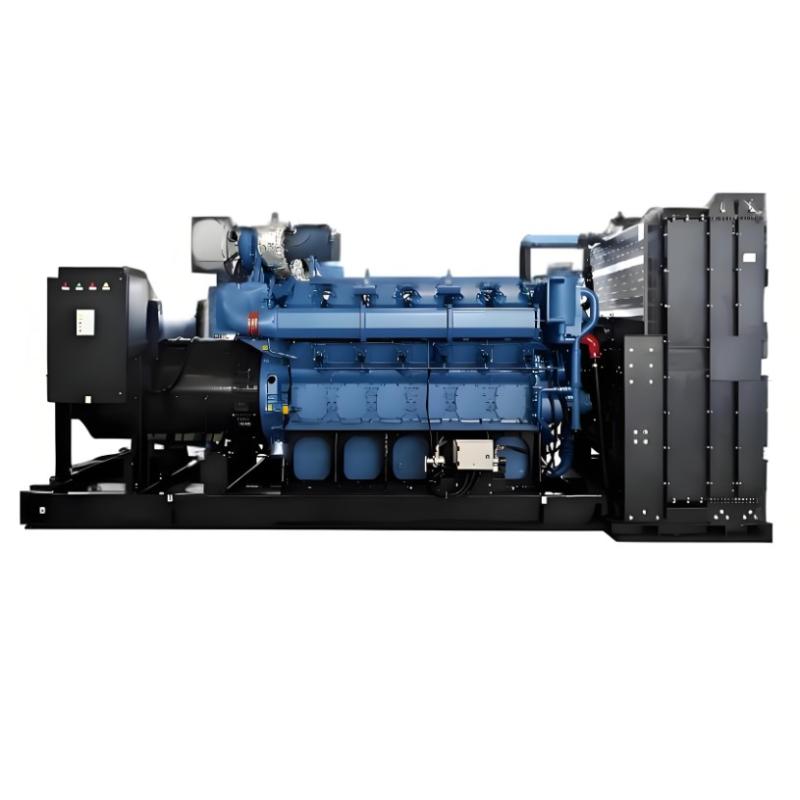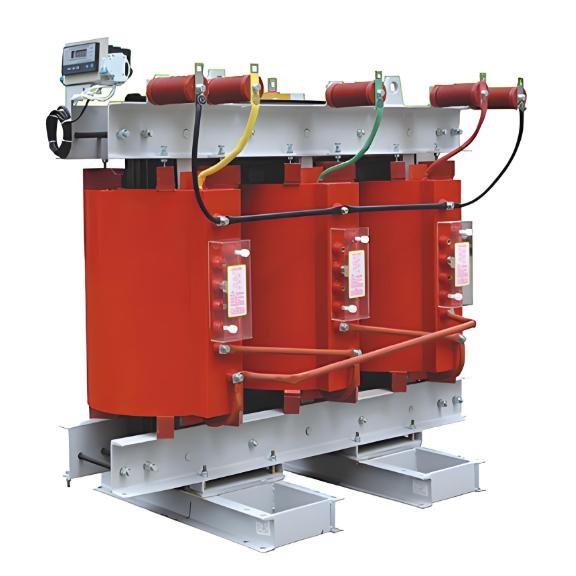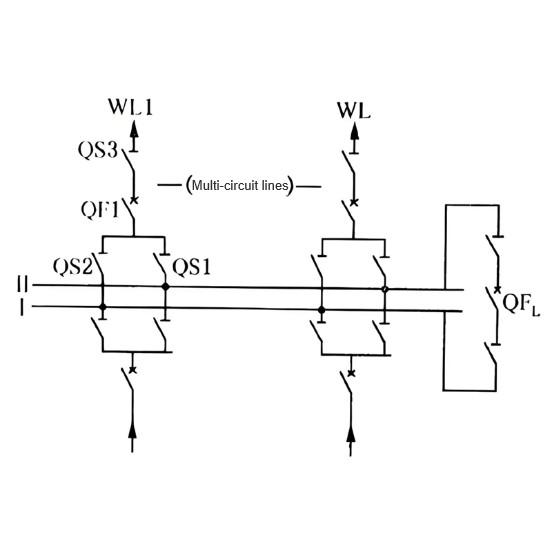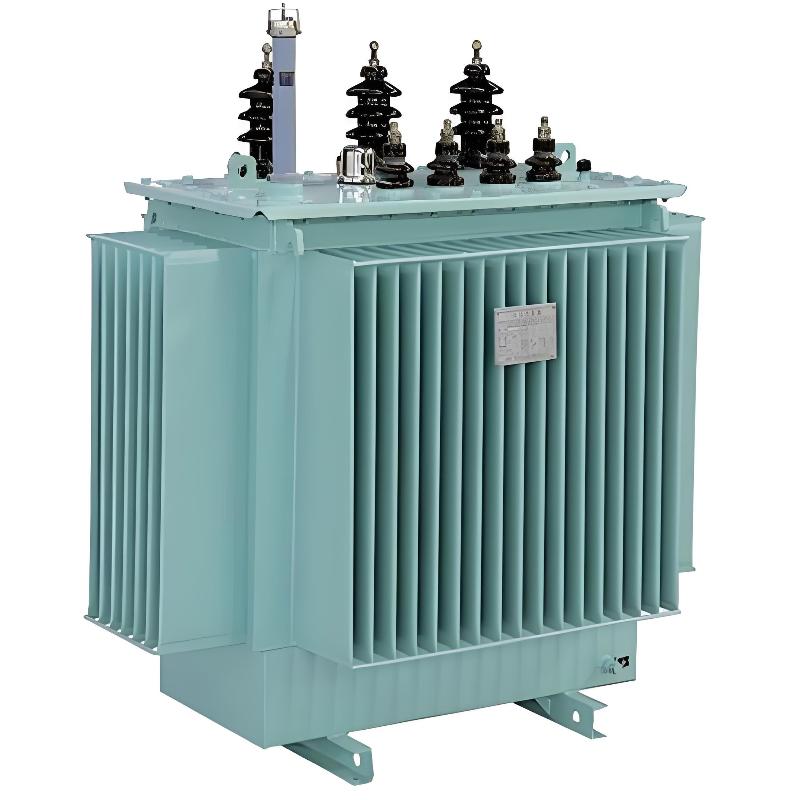- Product
- Suppliers
- Manufacturers
- Solutions
- Free tools
- Knowledges
- Experts
- Communities
Search
-
ابزارهای رایگان
-
IEE Business ابزارهای رایگان مبتنی بر هوش مصنوعی برای طراحی مهندسی برق و بودجه گذاری خرید برق ارائه می دهد: پارامترهای خود را وارد کنید، روی محاسبه کلیک کنید و نتایج فوری برای ترانسفورماتورها، سیم کشی، موتورها، هزینه تجهیزات برق و غیره دریافت کنید — انتخاب مهندسان سراسر جهان
-
-
پشتیبانی و حمایت
-
IEE-Business پلتفرمی را ایجاد می کند که در آن نوآوری با ارزش مواجه می شوددانش فنی برجستهبه اشتراک گذاری دانش فنی و کسب درآمد از حامیانراهکارهای کسبوکار برترپیوستن و ایجاد راه حل های تجاری برای کسب درآمد از حامیانمتخصصان برجسته فردیاستعداد خود را به حامیان نشان دهید، آینده خود را کسب کنید
-
-
انجمن
-
ساخت جامعه حرفهای شمایافتن و ارتباط با همکاران صنعت، شرکای بالقوه و تصمیمگیرندگان برای رشد کسبوکار شماگسترش شبکه شخصی شمابا همصنفان صنعت، شرکای بالقوه و تصمیمگیرندگان ارتباط برقرار کنید تا رشد خود را تسریع کنیدسازمانهای بیشتری کشف کنیدشرکتهای هدف، همکاران و رهبران صنعت را کشف کنید تا فرصتهای تجاری جدیدی را آزاد کنیدJoin Diverse Communitiesدر گفتوگوهای مبتنی بر موضوع، تبادلات صنعتی و اشتراک منابع شرکت کنید تا تأثیر خود را افزایش دهید
-
-
همکاری با ما
همکاران
-
-
به برنامه شریک کسبوکار IEE بپیوندیدتوسعه کسب و کار را تقویت می کند -- از ابزارهای فنی تا گسترش کسب و کار جهانی
-
-
-
فارسی
-
- English
- Afrikaans
- العربية
- Azərbaycan dili
- български
- বাংলা
- Català
- Cebuano
- čeština
- Dansk
- Deutsch
- Ελληνικά
- Esperanto
- Español
- Eesti keel
- Euskara
- دری
- فارسی
- suomi
- Filipino
- français
- Gaeilge
- Galego
- Hausa
- עברית
- हिन्दी
- Hrvatski
- magyar nyelv
- հայերեն
- Bahasa Indonesia
- Íslenska
- Italiano
- 日本語
- ქართული
- Қазақ тілі
- ಕನ್ನಡ
- 한국어
- Kurdî
- Latina
- Latviešu valoda
- македонски јазик
- Bahasa Melayu
- Malti
- नेपाली
- Nederlands
- Norsk
- ਪੰਜਾਬੀ
- polski
- پښتو
- Português
- Русский язык
- සිංහල
- Slovenščina
- српски језик
- Svenska
- Kiswahili
- தமிழ்
- తెలుగు
- ไทย
- Tagalog
- Türkçe
- українська мова
- اردو
- Oʻzbek tili
- Tiếng Việt
-
-
فارسی
-
- English
- Afrikaans
- العربية
- Azərbaycan dili
- български
- বাংলা
- Català
- Cebuano
- čeština
- Dansk
- Deutsch
- Ελληνικά
- Esperanto
- Español
- Eesti keel
- Euskara
- دری
- فارسی
- suomi
- Filipino
- français
- Gaeilge
- Galego
- Hausa
- עברית
- हिन्दी
- Hrvatski
- magyar nyelv
- հայերեն
- Bahasa Indonesia
- Íslenska
- Italiano
- 日本語
- ქართული
- Қазақ тілі
- ಕನ್ನಡ
- 한국어
- Kurdî
- Latina
- Latviešu valoda
- македонски јазик
- Bahasa Melayu
- Malti
- नेपाली
- Nederlands
- Norsk
- ਪੰਜਾਬੀ
- polski
- پښتو
- Português
- Русский язык
- සිංහල
- Slovenščina
- српски језик
- Svenska
- Kiswahili
- தமிழ்
- తెలుగు
- ไทย
- Tagalog
- Türkçe
- українська мова
- اردو
- Oʻzbek tili
- Tiếng Việt
-






















